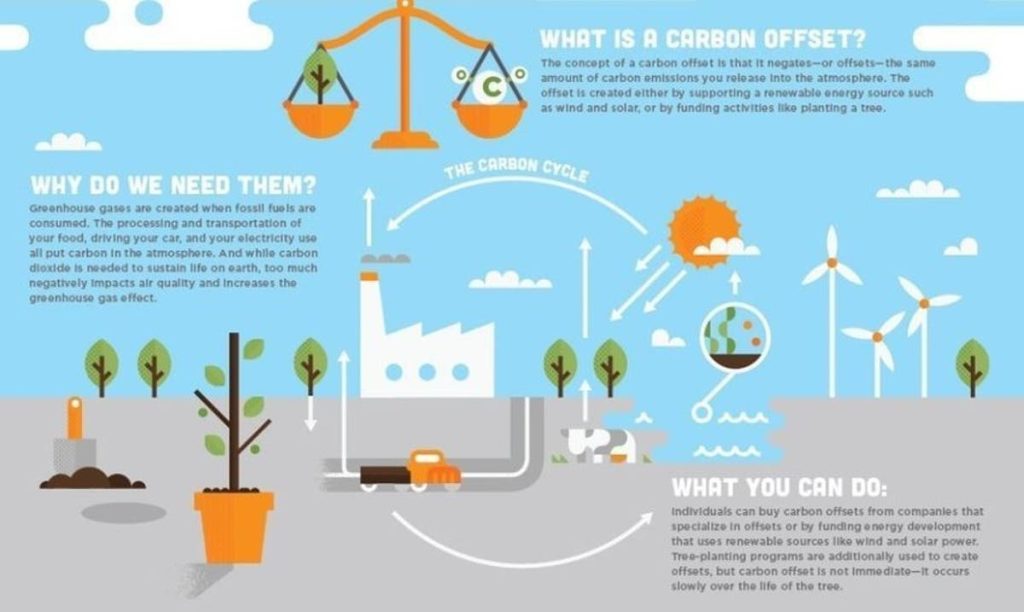Carbon Offsetting: Myths and Realities
In the age of climate change awareness and environmental consciousness, carbon offsetting has emerged as a topic of great significance. While it’s widely discussed and implemented, there are several things that could be improved surrounding this eco-friendly practice. In this comprehensive article, as proficient SEO copywriters, we will delve into the world of carbon offsetting to help you understand the myths, realities, and the true impact of this environmental solution.
What Is Carbon Offsetting?
Carbon offsetting is a practice that allows individuals, businesses, and organizations to compensate for their greenhouse gas emissions by investing in projects that reduce or capture an equivalent amount of carbon dioxide (CO2) or other greenhouse gases from the atmosphere. These projects can range from reforestation efforts to renewable energy initiatives, aiming to achieve a net-zero carbon footprint.
Carbon Offsetting Myths
Myth 1: Carbon Offsetting Is a Guilt-Free Pass
One common misconception is that purchasing carbon offsets absolves individuals and companies of their environmental responsibilities. However, carbon offsetting should not be viewed as a “get out of jail free” card for emitting greenhouse gases. It is a supplementary measure to reduce emissions after all possible reduction efforts have been exhausted.
Myth 2: Carbon Offsets Are Ineffective
Some skeptics argue that carbon offset projects are ineffective or fail to deliver tangible results. This misconception stems from a need for more understanding of how offset projects work. When properly implemented, these projects can have a substantial and measurable impact on reducing emissions. Rigorous monitoring and verification processes ensure that offset projects meet their environmental goals.
Myth 3: Carbon Offsetting Is Just a Trend
While carbon offsetting has gained popularity in recent years, it is far from a passing trend. As climate change poses significant threats, the need for carbon offsetting and other sustainable practices will only grow. It is not merely a fashionable endeavor but a necessary step towards a greener future.

Carbon Offsetting Realities
Reality 1: Carbon Offsetting Complements Emission Reduction Efforts
Carbon offsetting is most effective when used with efforts to reduce emissions at the source. It is not a substitute for reducing one’s carbon footprint but a supplementary strategy. By combining emission reduction and offsetting, individuals and organizations can achieve a more comprehensive approach to combatting climate change.
Reality 2: Carbon Offsetting Projects Vary in Impact
Not all carbon offset projects are created equal. The effectiveness of a project depends on various factors, including the type of project, location, and the rigorousness of its monitoring and verification process. To make a meaningful impact, investing in high-quality offset projects that adhere to recognized standards and best practices is crucial.
Reality 3: Carbon Offsetting Drives Sustainable Development
Many carbon offset projects contribute to sustainable development in addition to reducing emissions. For example, reforestation projects sequester carbon, create jobs, protect biodiversity, and support local communities. This dual benefit demonstrates how carbon offsetting can force positive change on multiple fronts.
The True Impact of Carbon Offsetting
The impact of carbon offsetting extends beyond simply reducing emissions. It promotes a shift towards a more sustainable and environmentally conscious world. When individuals and businesses engage in carbon offsetting, they signal their commitment to addressing climate change and driving positive change.
Investing in high-quality carbon offset projects can collectively make strides towards a carbon-neutral future. These projects mitigate the environmental impact of emissions and contribute to global efforts to combat climate change.
In conclusion, carbon offsetting is a powerful tool in the fight against climate change, but it should be understood and understood. Understanding the myths and realities surrounding carbon offsetting is essential for making informed decisions and taking meaningful steps toward a more sustainable future.

